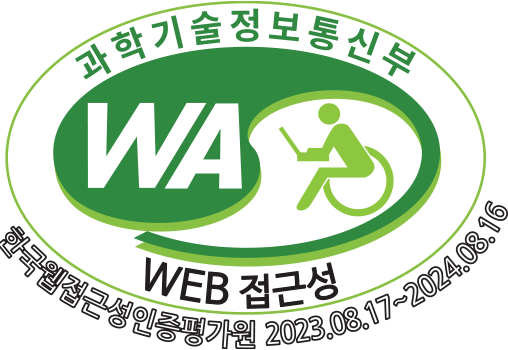Facing the World
At the beginning of the 19th century, Western ships which the Korean people called ‘alien shaped vessels’ appeared along the coast of Joseon. As the pressure from external forces became a reality, new movements began to stir within Korea. Progressive scholars turned their attention toward more practical matters such as science and technology, astronomy, geography, and industry. As a great scholar Park Ji-won formed the Northern learning (Bukhak) school of thought, his grandson Park Gyu-su inherited the practical thoughts and contributed to the formation of enlightenment thought and bringing together scholars. Many young intellectuals living in Bukchon became versed in matters and culture from around the world and learned the ideology of enlightenment as they frequented Park’s home. Able to learn about the world at such an early date, these men later grew into a core power group that pushed ahead with the government’s enlightenment policy.














